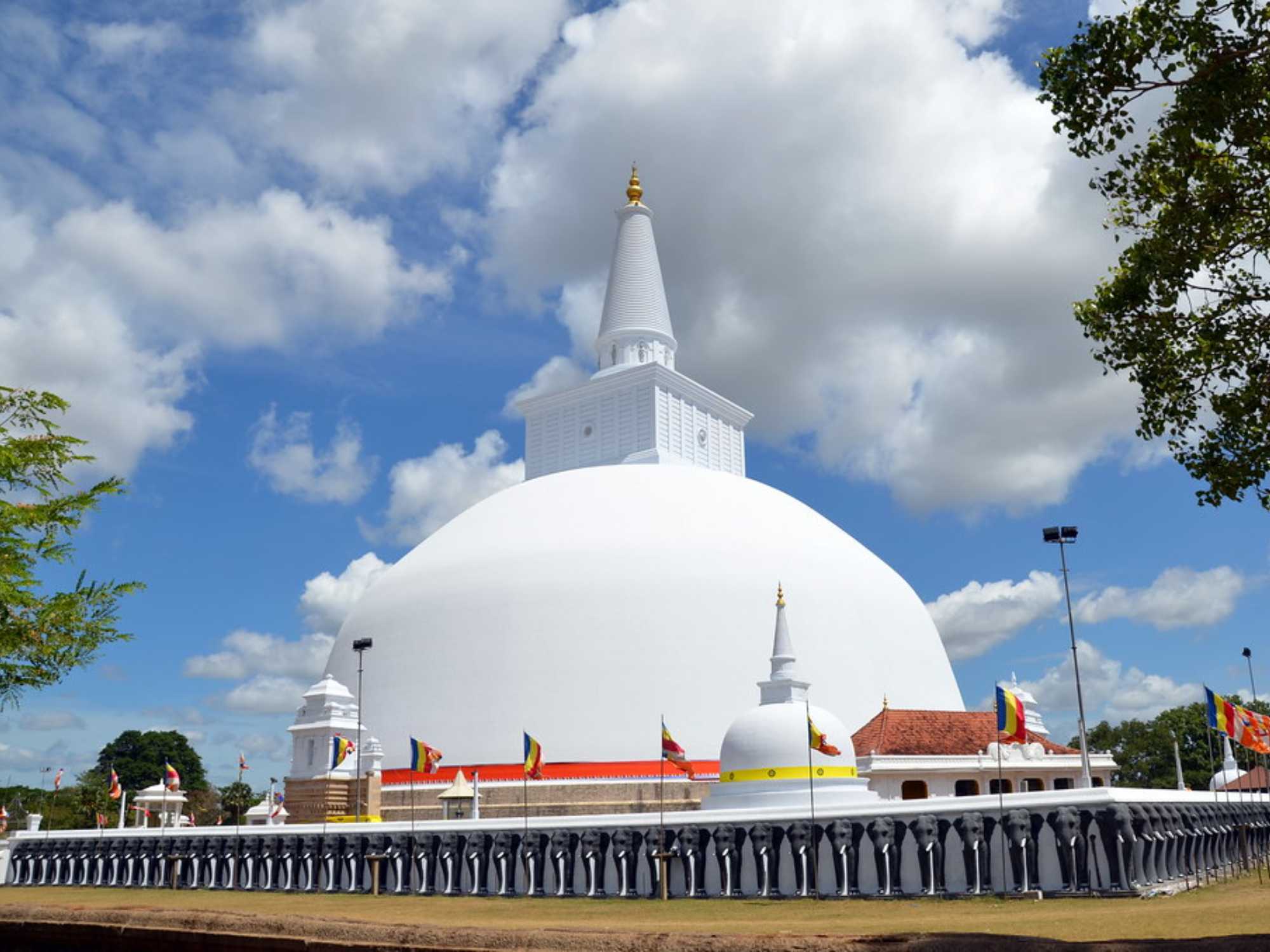
Sri Lankan Dagobas (stupas)
The stupa (ස්ථුප) , or dagoba (දාගැබ), as the structures are known in Sri Lanka is the world’s most universal Buddhist architectural symbol .This varies from the classically simple crescent forms found in Sri Lanka and Nepal to the spire like stupas of Thailand and Burma and the pagodas of China and Japan
Dagobas originally developed from the Indian burial mounds which were raised to mark the vaults of important personages, although popular legend traces their characteristic form back to the Buddha himself.
As Buddhist theology developed, so the elements of the dagoba acquired more elaborate symbolic meanings. At its simplest level, the Dagobas (stupas) role as an enormous burial mound serves to recall the memory of the Buddha’s passing away and entering into nirvana.
The earliest dagobas were built to protect important relics of the Buddha himself or of other revered religious. These relics were traditionally placed in or just below the harmika, the square relic chamber at the top of the dome. As Buddhism spread, the building of dagobas became seen as an act of religious merit, resulting in the construction of innumerable smaller, or “votive”, dagobas, some no larger than a few feet high.
It was in the great dagobas of Anuradhapura and Polonnaruwa, however, that early Sri Lankan architecture reached its highest point. These massive construction feats were Asia’s nearest equivalent to the Egyptian pyramids. The foundations were trampled down by elephants, then the main body of the dagobas filled with rubble and vast numbers of bricks ., after which the entire structures were plastered and painted with a coat of lime-wash.
Constant repairs, and the fact that new outer shells were often constructed around old stupas, means that it’s often difficult to determine the exact origins or original shape of some of the island’s most famous dagobas.
Sri Lankan Dagobas (stupas) preserve the classic older form of the stupa, following the pattern of the great stupa at Sanchi in central India .Despite the superficial matches shared by all Sri Lankan dagobas, there are delicate variations, with six different basic shapes being recognized .as well as innumerable other small nuances in design. Dagobas consist of four principal sections. The entire structure usually sits on a square terrace whose four sides are oriented towards the cardinal points. Many larger stupas have four small shrines, or vahalkadas (a uniquely Sri Lankan architectural element), arranged around the base of the dagoba at the cardinal points. The main hemispherical body of the stupa is known as the anda, surmounted by a cube-like structure, the harmika)..
Dagobas still serve as important objects of pilgrimage and religious devotion: as in other Buddhist countries, devotees typically make clockwise circumambulations of the dagoba – an act known as pradakshina – which is meant to focus the mind in meditation, although this practice is less widespread in Sri Lanka than in other countries.
Sri Lanka Travel Deals provides a range of tour options to explore Polonnaruwa, tailored to meet travelers’ needs. Send us a message, and we’ll respond promptly!
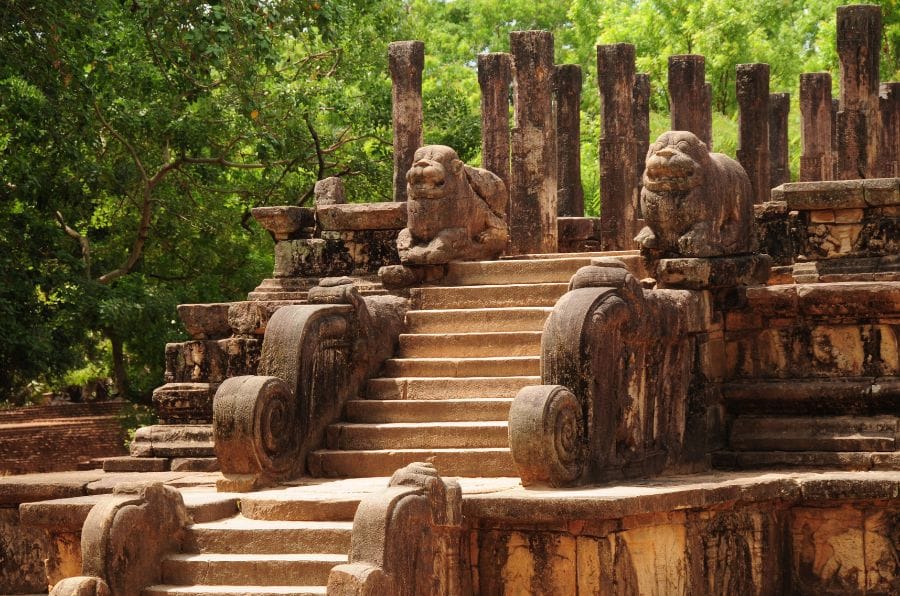

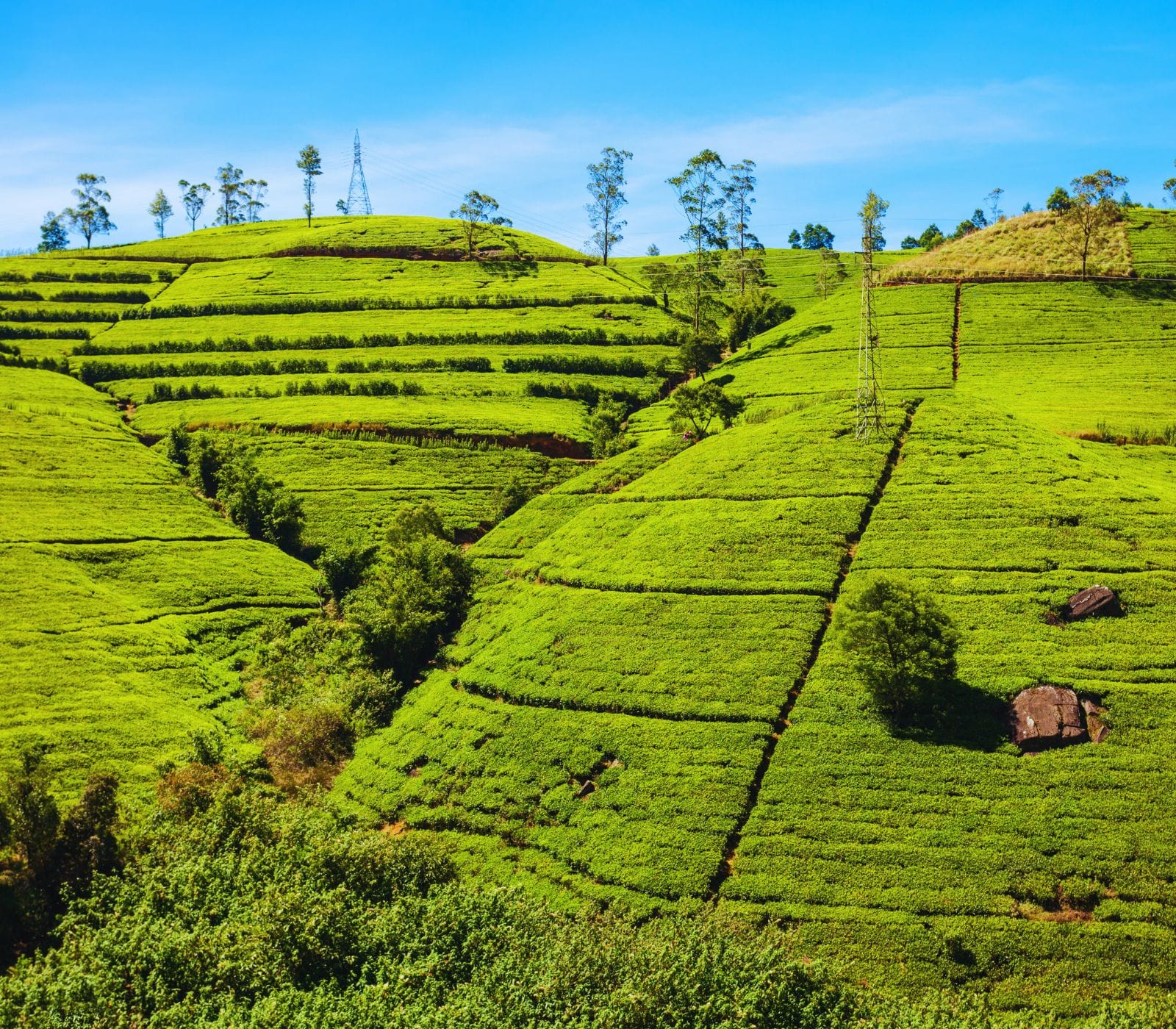
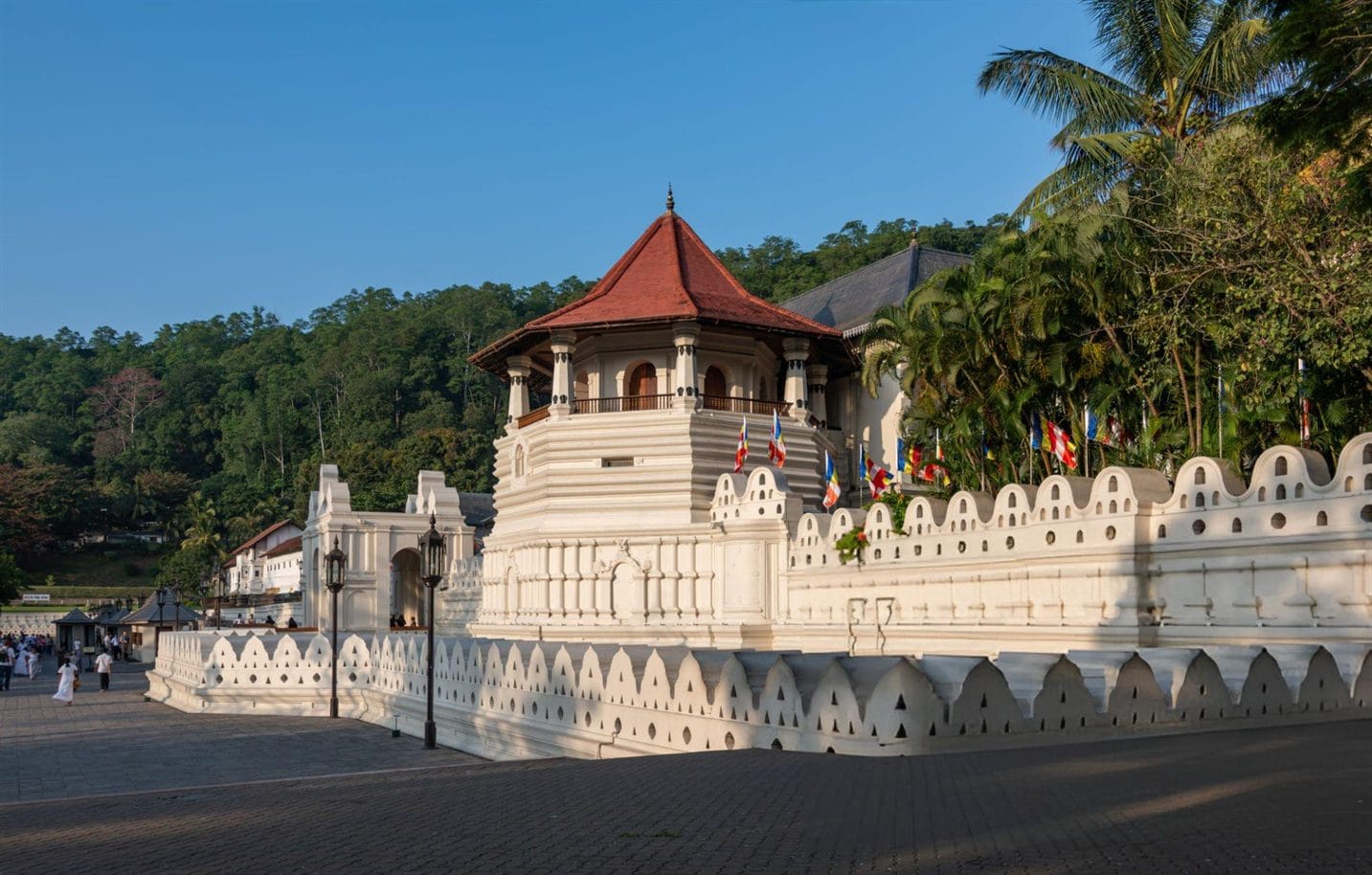
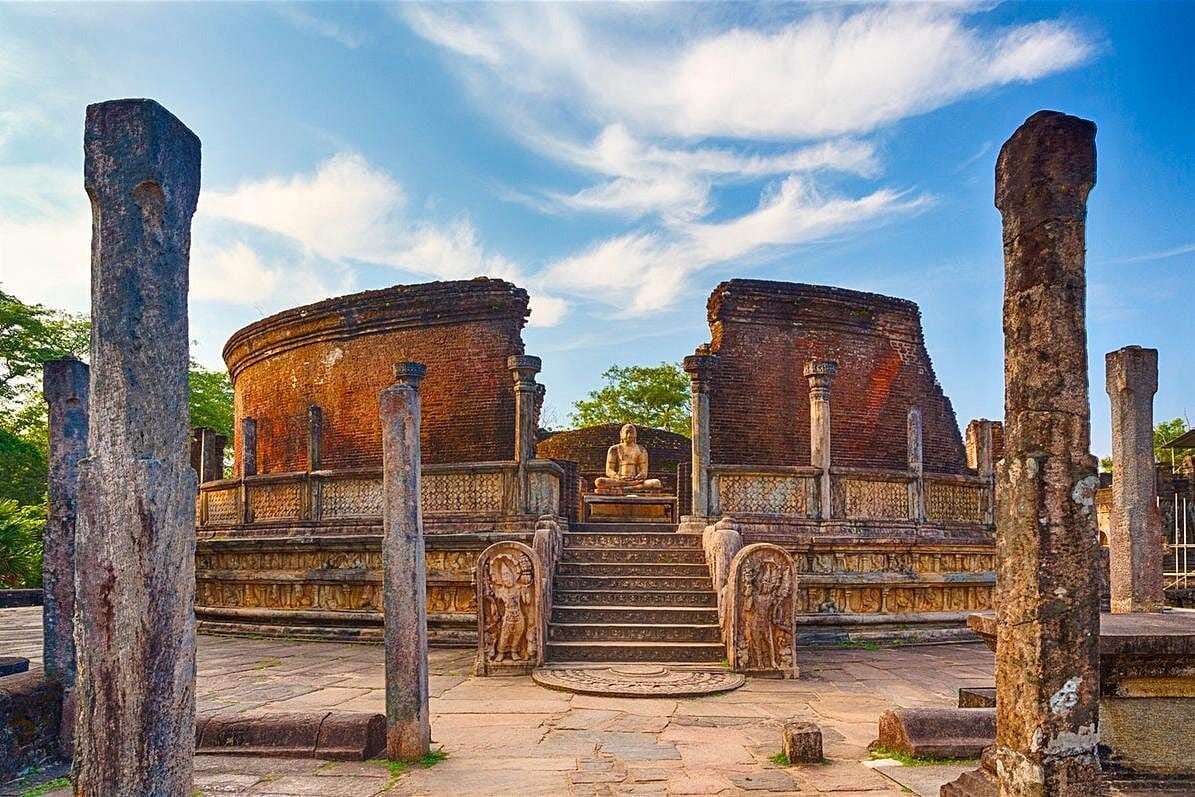





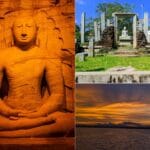


Leave a comment: